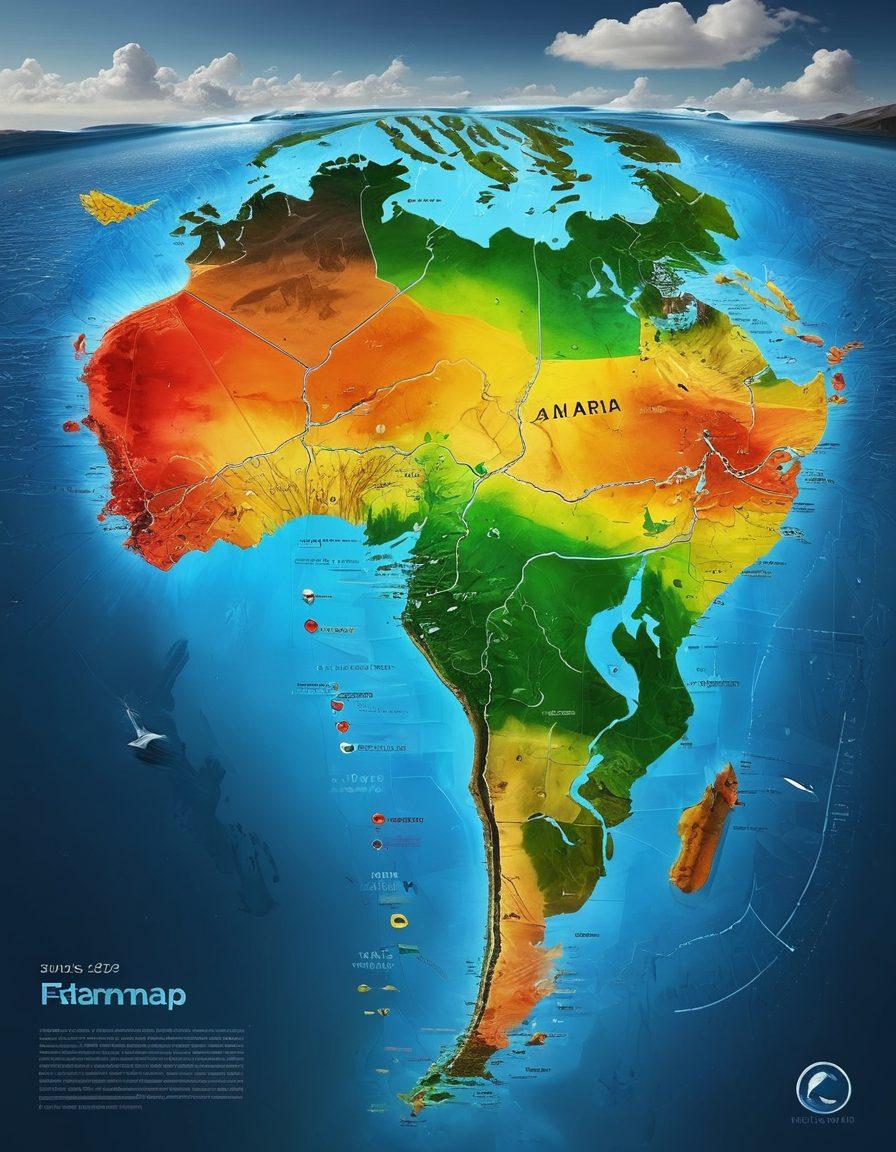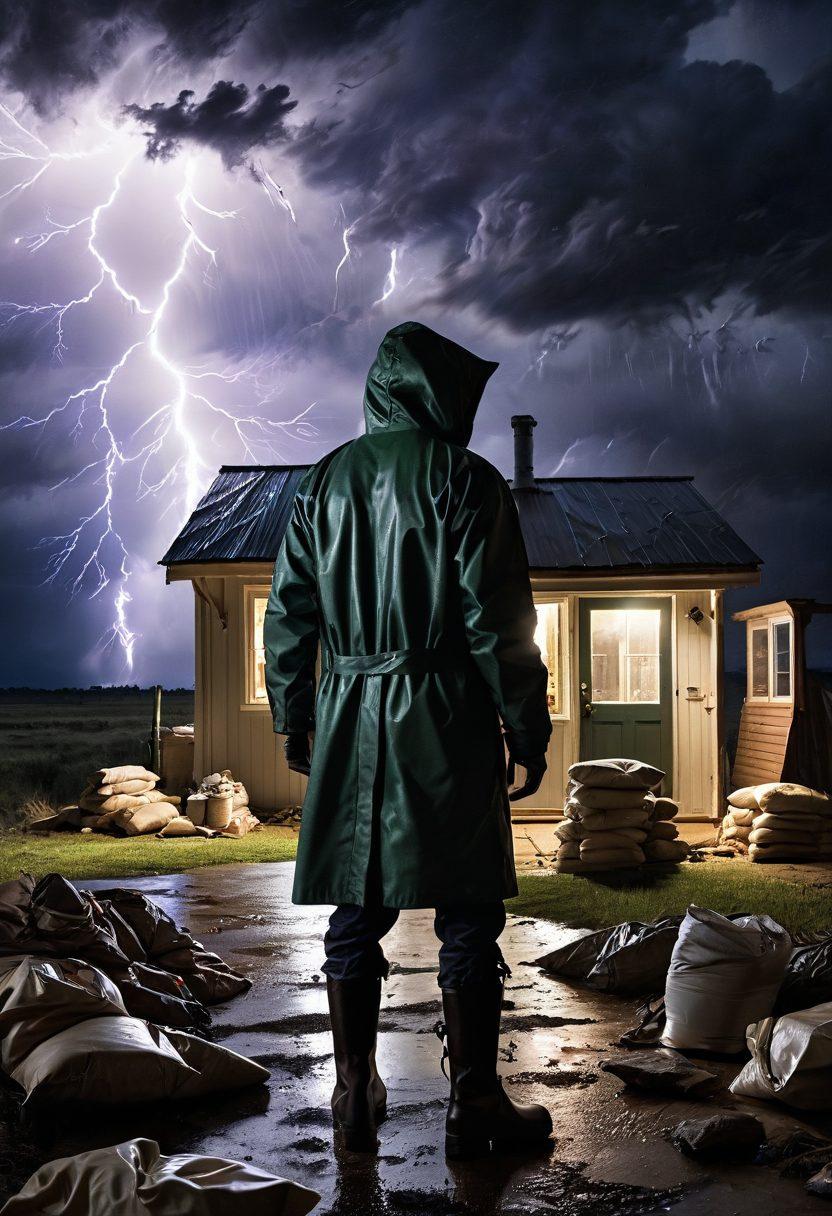Unraveling the Mysteries of Weather: Your Ultimate Guide to Forecasts, Trends, and Climate Insights
Every morning you probably check the weather forecast, deciding what to wear or whether to bring an umbrella. But do you really understand what those weather reports are telling you? Decoding daily forecasts can transform your day into a well-prepared adventure. So, let’s demystify those colorful weather maps and cryptic weather updates you encounter every day. What exactly do those percentages of precipitation mean? And how can you use meteorological data from resources like Wunderground to better plan your day and stay ahead of bad weather?
Think of weather reports as your personal navigational guide through the atmosphere. When you see that there's a 60% chance of rain, does it mean it will rain 60% of the day? Actually, it means there is a 60% chance that rain will fall at any point in your local area. Understanding this can significantly change your day. For instance, you might choose to carry an umbrella even if the likelihood of getting wet isn't very high. Keep an eye on key indicators like humidity, wind speed, and barometric pressure. These factors influence comfort levels and can alert you to sudden storm developments and temperature changes.
But what is the magic behind these daily revelations from your weather app? It all starts with meteorology—the science of weather. Meteorologists use weather satellites, radar, and environmental data collected from numerous weather stations around the globe to generate accurate weather reports. This data is fed into complex models that simulate the atmosphere, leading to weather predictions. These models take into account weather patterns and historical climate trends to project a reliable daily forecast, which could include details like the UV index and air quality—essential information for your health and well-being.
Imagine waking up and seeing a severe weather alert flashing on your weather app. Should you rush to your emergency kit? Weather alerts, often issued for extreme weather conditions like storm surges, heavy snowfall, or heatwaves, are designed to give you enough time to prepare and stay safe. By paying close attention to these alerts and advisories, you can avoid hazardous situations. Many people overlook the importance of small details in weather reports, such as wind speed or a cold front's arrival, which can significantly impact daily activities and travel plans.
Incorporating weather forecasts into your routine isn't just about dodging the rain or snow. It's about understanding and adapting to our environment more seamlessly. From planning your outdoor activities to preparing for severe weather, accurate weather predictions empower you to make informed decisions. This can be especially crucial during seasonal weather transitions or when climate change is affecting temperature trends and weather conditions globally. So next time you glance at your daily forecast, take a moment to decode it. Remember, it’s more than just numbers and symbols. It’s a sophisticated science aimed at keeping you informed and safe.
Climate Insights Explained: From Global Patterns to Local Trends
When we think of the weather, we often focus on daily forecasts, hoping to avoid rain on our commute or plan the perfect weekend outing. But the climate is an intricate, fascinating tapestry of patterns and trends that spans continents and decades. Climate insights aren’t just about the weather today but unfold stories of historical weather patterns, future predictions, and the science behind it all. So, let’s embark on this journey to understand how global weather systems interact with local climates, shaping the conditions we live in every day.
Have you ever wondered how weather reports predict a storm days in advance or why some areas experience dramatic temperature changes while others remain relatively stable? The answer lies in the complex field of meteorology. Meteorologists study atmospheric conditions, leveraging tools like weather satellites and radar to create forecasts. They analyze everything from wind speeds and barometric pressure to humidity and UV index, crafting a picture of what we can expect. The role of technology, such as the data from Wunderground, is instrumental in providing accurate weather updates and warnings for both local and global weather scenarios.
One major component of climate insights is the understanding of global weather patterns. These patterns, like El Niño and La Niña, have profound impacts on local weather conditions. For instance, El Niño can lead to increased rainfall in some regions and severe drought in others. Meteorologists use satellite imagery and weather maps to track these large-scale events, correlating them with temperature changes and precipitation patterns. With this data, they can issue weather warnings and advisories, helping communities prepare for potential extreme weather events such as hurricanes or blizzards.
But it's not just about global phenomena. Local trends play a crucial role in climate insights. For example, by monitoring weather stations in a specific area, one can track seasonal weather changes, observe trends in temperature variations, and analyze long-term environmental data. This local perspective helps meteorologists provide more accurate weather predictions. Whether it’s hourly forecasts or weekly forecasts, knowing what to expect can make a difference in daily life, from deciding what to wear to ensuring safety during severe weather conditions.
In recent years, climate change has become a central focus of climate insights. This shift is seen through changes in weather patterns, increasing occurrences of extreme weather, and rising average temperatures worldwide. Understanding these changes is pivotal. Accurate storm tracking and precipitation forecasts not only help mitigate the impacts of natural disasters but also guide policy for better environmental stewardship. So next time you check your weather app for a daily forecast or read weather news, remember the vast network of tools and knowledge that meteorologists employ to provide these vital insights, safeguarding our everyday lives and the planet’s future.
Navigating Extreme Weather: Essential Tips for Staying Safe During Severe Conditions
When the skies darken and the winds howl, our ancient instincts tell us to seek shelter. Extreme weather events can strike with little warning, transforming a calm day into a perilous one. Navigating severe weather conditions requires more than just basic knowledge; it necessitates being well-prepared and informed. With meteorology evolving rapidly, tools like Wunderground and various weather apps provide crucial weather updates, ensuring you stay ahead of the storm. But how do you truly prepare for the unexpected? Let's explore some essential tips for weathering the most extreme conditions Mother Nature can throw at us.
First and foremost, staying updated with accurate weather reports and weather predictions is paramount. Accessing local weather or global weather updates through platforms like Wunderground can equip you with real-time information on temperature changes, storm tracking, and precipitation levels. It's always wise to keep an eye on weather maps and radar imagery to visualize impending threats. Have you ever wondered how certain people seem to know just when to leave for work to avoid a downpour? It's likely because they check their hourly forecast religiously. Knowledge is power, and in this context, it can be a lifesaver.
Severe weather conditions such as hurricanes, tornadoes, and snowstorms demand specific preparation strategies. For instance, when a hurricane is approaching, timely activation of weather alerts and checking the storm surge predictions can guide effective evacuation plans. Having a go-bag packed with essentials like water, non-perishable food, and first-aid supplies is a crucial step. Consider this: the difference between life and death can sometimes be as simple as heeding a weather warning an hour earlier. Similarly, communities in tornado-prone areas should have designated shelters and conduct regular drills to ensure everyone knows where to go during a weather emergency.
Humidity, UV index, and barometric pressure are more than just terms tossed around in weather reports—they can have significant implications for our health and safety. High humidity, for example, can elevate the heat index, making hot days more dangerous than they appear. On the other end of the spectrum, cold fronts that bring sudden drops in temperature can lead to frostbite and hypothermia if you're unprepared. Are you aware that checking the wind speed during a snowstorm can forecast the likelihood of a blizzard? Understanding how these various elements interact can help you prepare adequately, be it dressing in layers to combat the cold or applying sunscreen to protect against UV radiation.
Meteorologists rely on advanced tools and environmental data gathered from weather stations, satellites, and other technology to provide the public with precise weather updates. Satellite imagery can show the development and movement of storm systems, while weather charts can provide a visual overview of atmospheric conditions. For the tech-savvy, weather apps that offer features like hourly, daily, and weekly forecasts, as well as real-time weather warnings, can be a game-changer. But remember, the key is to stay informed and prepared. So next time the clouds start forming ominously on the horizon, you'll be ready to navigate whatever weather conditions come your way. Stay safe, stay informed, and may your skies always clear up soon!


